When it comes to creating a productive and comfortable workspace, the choice of office furniture plays a crucial role. From ergonomic chairs to versatile desks, the right furniture can enhance productivity, improve posture, and create a welcoming atmosphere. Let’s delve into the world of office furniture and explore everything you need to know to create your ideal workspace.
-
Athena Executive Desk Royal Mahogany Veneer Set
R22281,00 – R29411,00 Select options -
CEO Executive Desk
R28500,00 Add to basket -
Cute L Shaped Desk Veneer Desk Set
R18975,00 Add to basket -
Embassy Modern Desk Range | Executive Veneer Office Desk
R29750,00 Add to basket -
Emperor Executive Boardroom Table 14 to 16 Seater
R63560,00 Add to basket -
Get Together Boardroom Table Veneer Finish
R55305,60 Select options -
Get Together Executive Boardroom Table 6–10 Seater
R21369,00 – R34530,00 Select options -
Island Desk – Executive Desk Royal Mahogany Veneer Wood
R10925,00 Select options -
Jupiter Veneer L Shape Executive Table With Conference End
R17500,00 Add to basket -
Knight Boardroom Table Boardroom Veneer Desk
R68900,00Original price was: R68900,00.R50980,00Current price is: R50980,00. Add to basket -
Loop Executive Desk ( Rooler Door Credenza + Mobile Pedestal )
R12586,00 Add to basket -
Modular L Shape Veneer | Desk Mobile Pedestal
R18972,00 Add to basket -
Mohog Executive Desk Leather Padded Veneer L Shaped Desk Set
R12374,00 Add to basket -
Pacific Executive Desk Leather Padded | Veneer Executive Desk
R24532,00 – R29746,00 Select options -
Premier Veneer 3 Piece Executive Desk
R25649,00 Select options -
Prism Veneer Executive Desk | L Shaped Executive Veneer Desk
R22849,00 Add to basket -
Spaceline Half Round Desk Veneer L Shaped Desk
R19500,00 Add to basket -
Starling Executive Desk Veneer Office Desk Set 2000mm L Shaped Desk
R23901,00 Add to basket
What is Office Furniture?
Office furniture encompasses a wide range of items designed specifically for use in a professional setting. These include desks, chairs, filing cabinets, shelves, and storage units, among others. The primary goal of office furniture is to provide functionality, comfort, and organization to support daily work activities.

Importance of Office Furniture
The significance of choosing the right office furniture cannot be overstated. Well-designed furniture contributes to employee well-being by promoting good posture, reducing strain, and preventing injuries such as back pain or repetitive strain injuries (RSIs). Moreover, aesthetically pleasing furniture can boost morale, creativity, and overall job satisfaction among employees.
Types of Office Furniture
Desks and Chairs: The cornerstone of any office setup, desks, and chairs come in various shapes, sizes, and ergonomic designs. Adjustable height desks and ergonomic chairs with lumbar support are popular choices for promoting comfort and productivity.
Storage Solutions: Filing cabinets, shelves, and storage units help keep the workspace organized and clutter-free. Consider storage options that fit your needs, whether it’s for files, supplies, or personal items.
Collaborative Furniture: In modern work environments, collaborative spaces are essential for teamwork and brainstorming. Collaborative furniture includes conference tables, lounge seating, and modular setups that encourage collaboration and creativity.
Factors to Consider
Ergonomics: Prioritize ergonomic furniture that supports proper posture and reduces strain on the body during long hours of work.
Aesthetics: Choose furniture that complements the overall design and ambiance of your office space, reflecting your brand identity and style.
Functionality: Consider the functionality of each piece of furniture in relation to your specific needs. For example, adjustable desks offer flexibility for standing or sitting workstations.
Budget: Set a budget and explore options that balance quality, functionality, and cost-effectiveness to get the best value for your investment.
Trends
Sustainable Materials: Eco-friendly furniture made from recycled or renewable materials is gaining popularity due to increased environmental awareness.
Flexible Workspaces: Adaptable furniture that supports agile work environments, such as convertible desks or movable partitions, is in demand for its versatility.
Technology Integration: Furniture with built-in charging ports, cable management systems, and integration with digital devices caters to the tech-savvy workforce.
Personalization: Customizable furniture options allow individuals to tailor their workspace according to their preferences, promoting a sense of ownership and comfort.
Tips for Choosing
Assessing Needs: Evaluate your office’s requirements in terms of space, functionality, and the number of users to make informed furniture choices.
Trying Before Buying: Whenever possible, test furniture items such as chairs or desks to ensure they meet your comfort and usability standards.
Researching Brands: Look for reputable furniture brands known for quality, durability, and customer satisfaction. Read reviews and compare options before making a purchase.


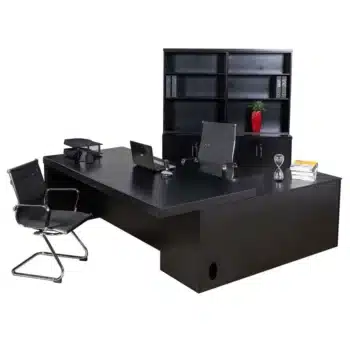

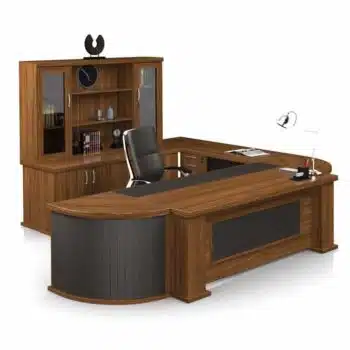



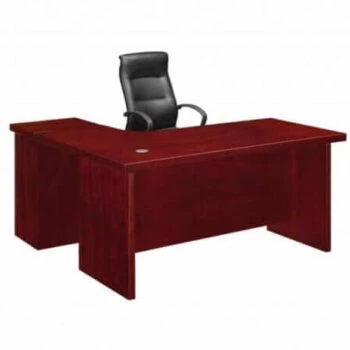
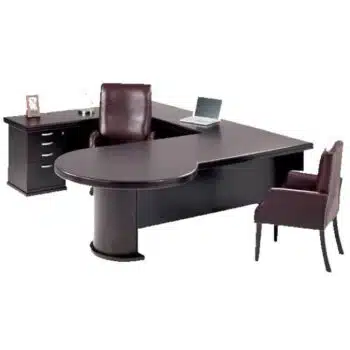

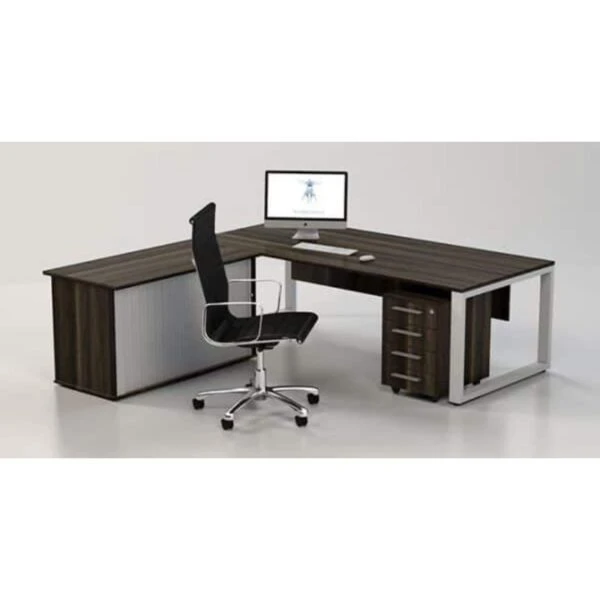

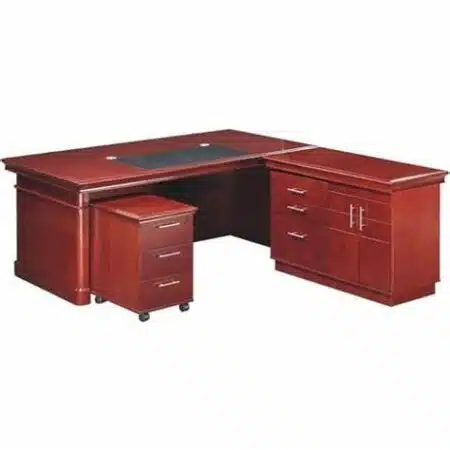
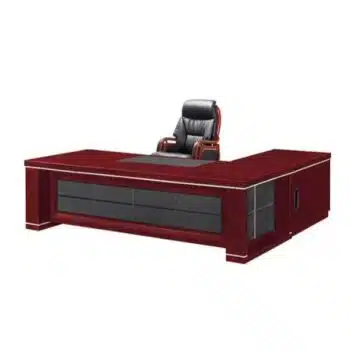



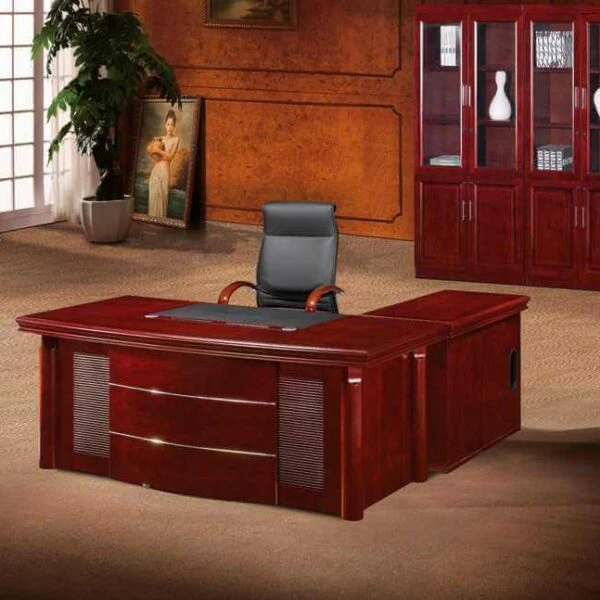
You must be logged in to post a comment.